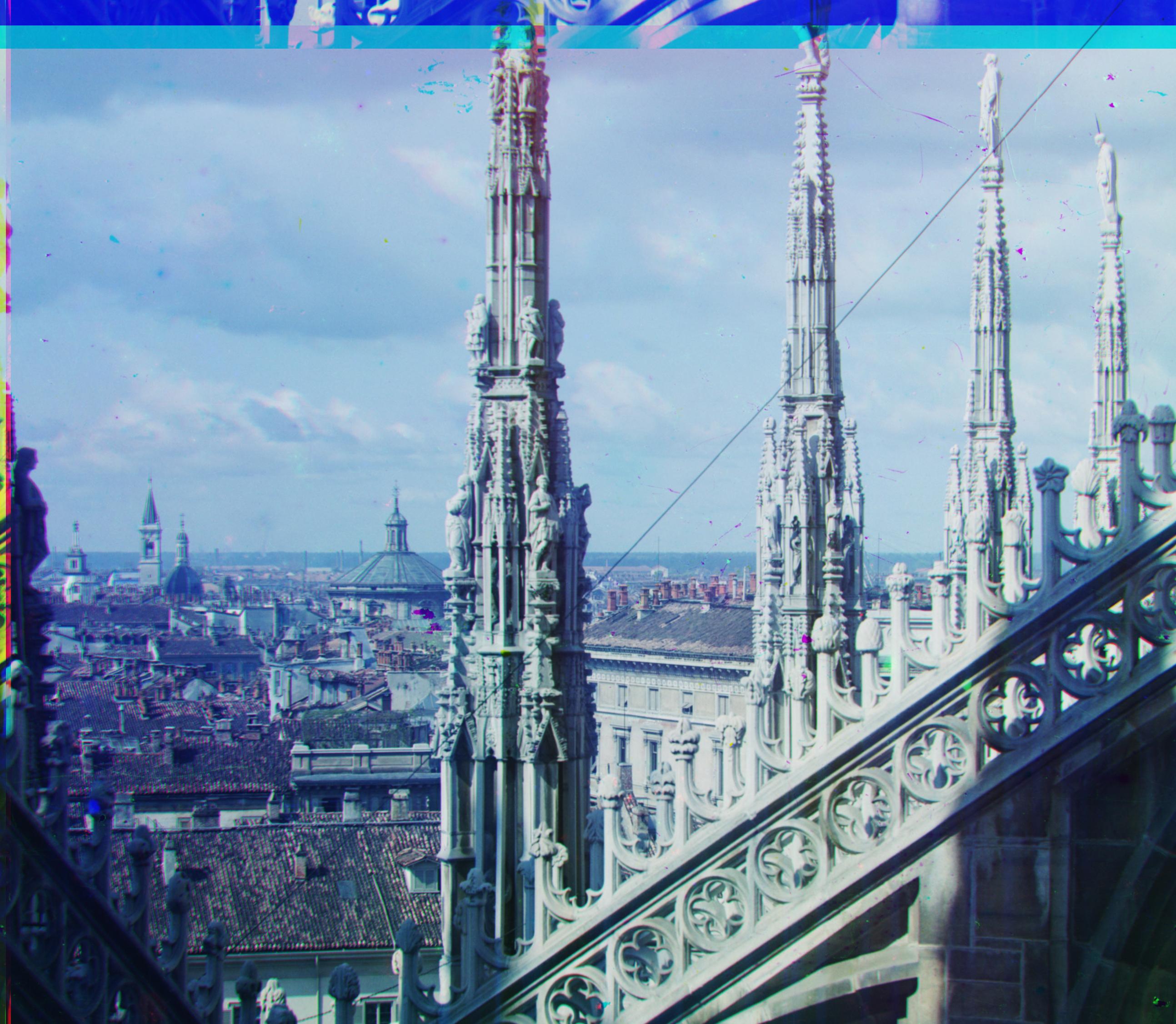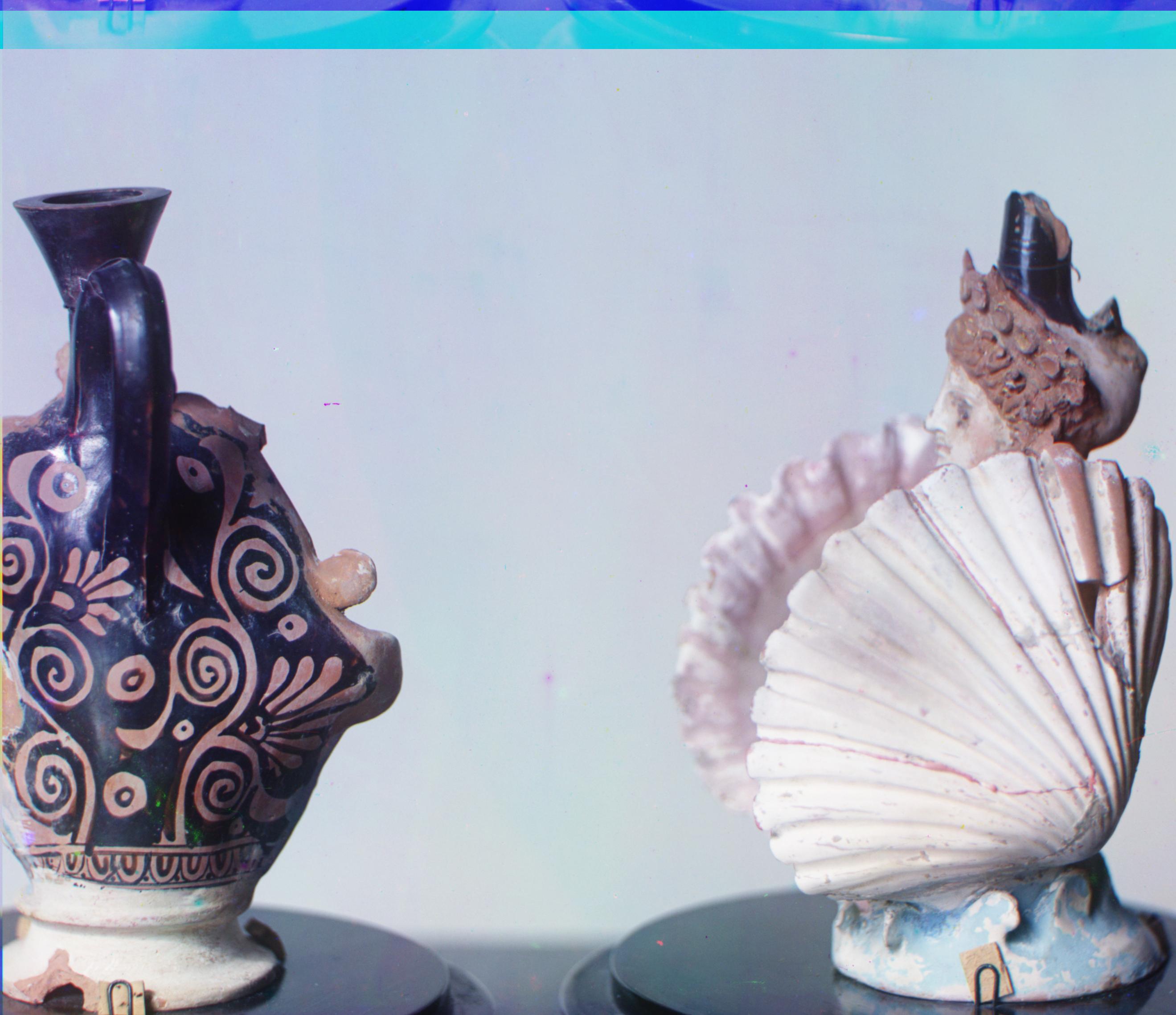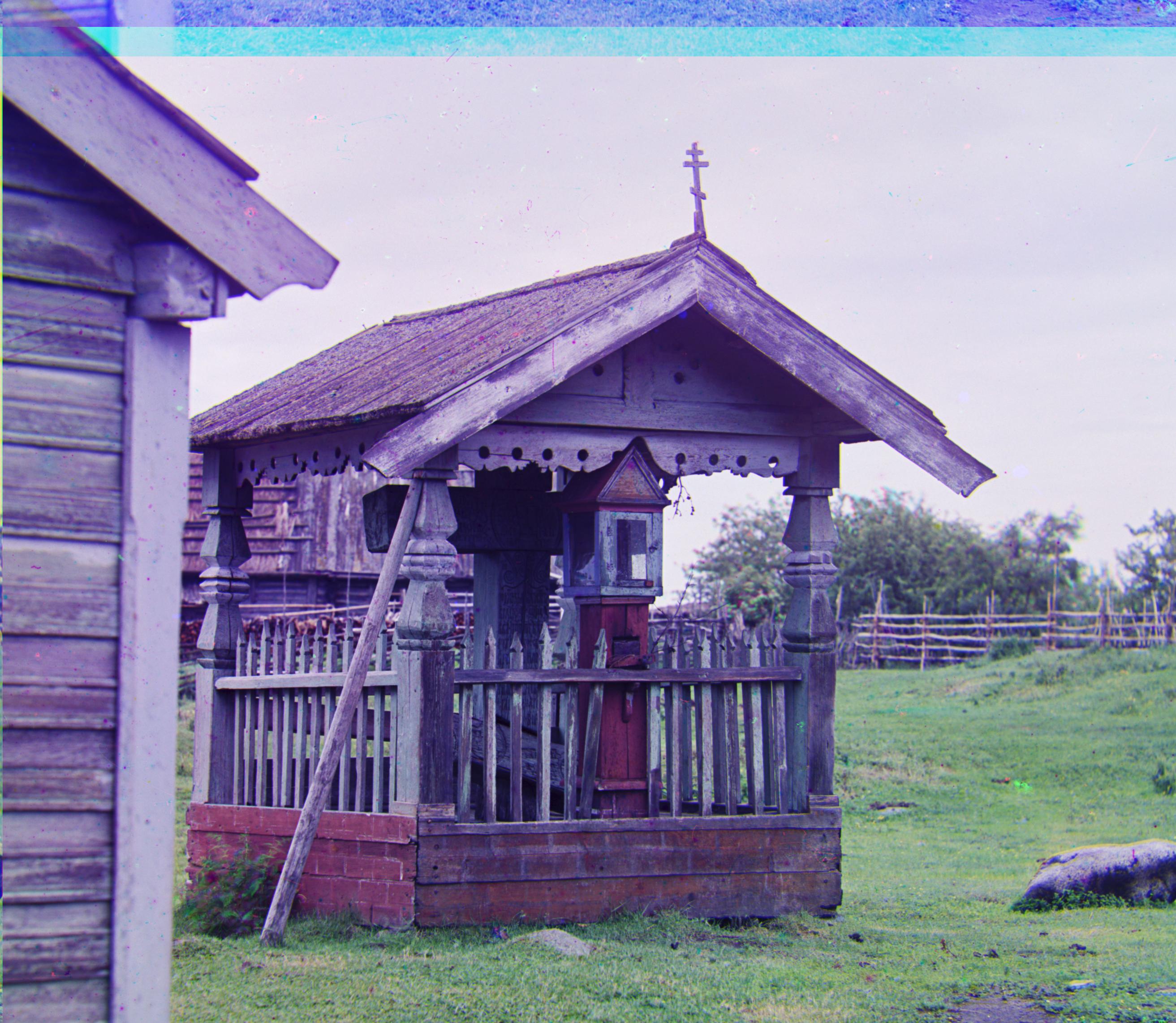Results
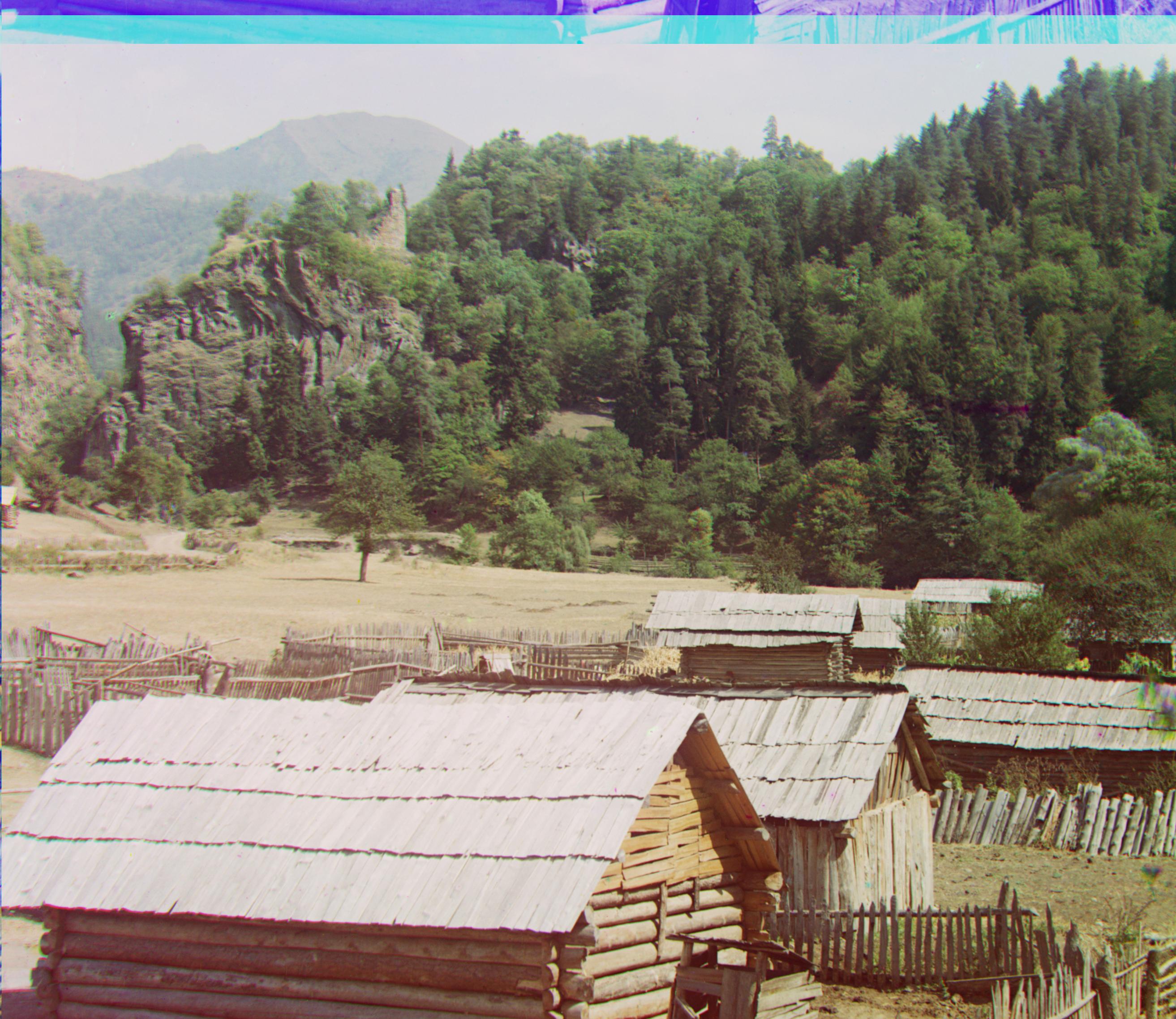
castle.tif: The G plate was shifted by (3, 34), and the R plate was shifted by (4, 98)
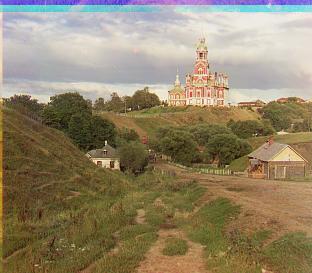
cathedral.jpg: The G plate was shifted by (-272, -473), and the R plate was shifted by (-271, -466)
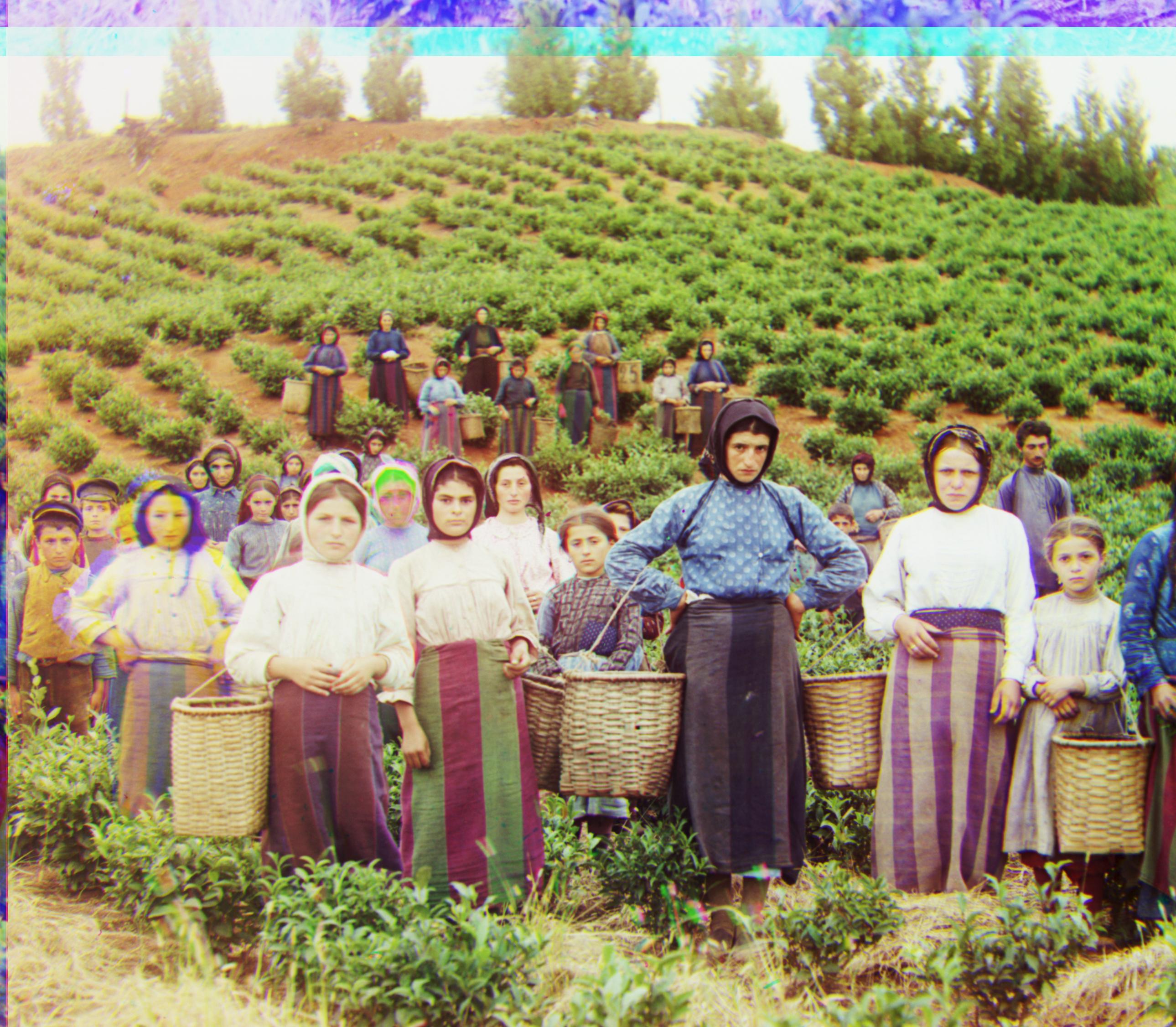
harvesters.tif: The G plate was shifted by (17, 59), and the R plate was shifted by (13, 123)
icon.tif: The G plate was shifted by (17, 41), and the R plate was shifted by (23, 89)
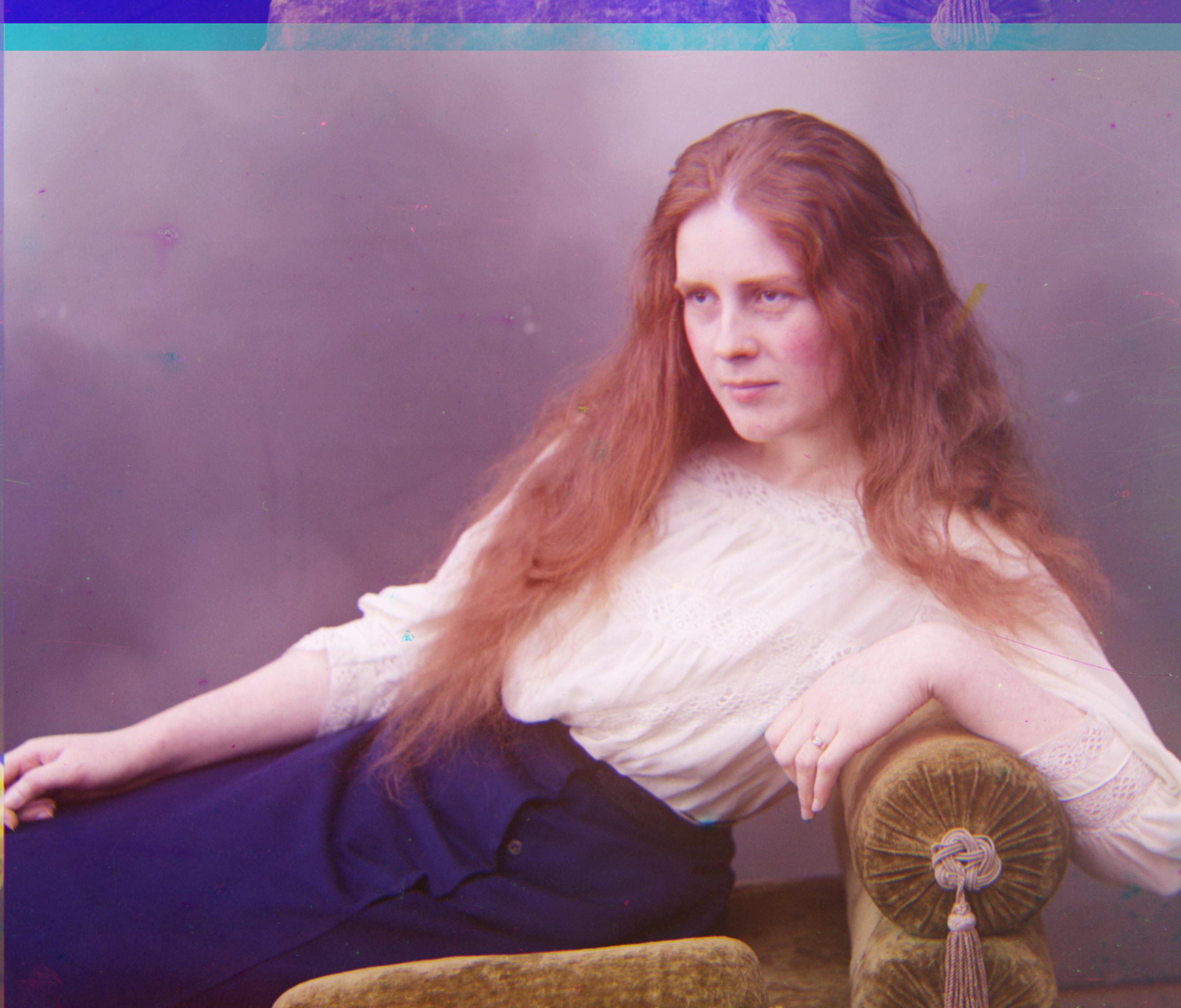
lady.tif: The G plate was shifted by (8, 52), and the R plate was shifted by (11, 113)
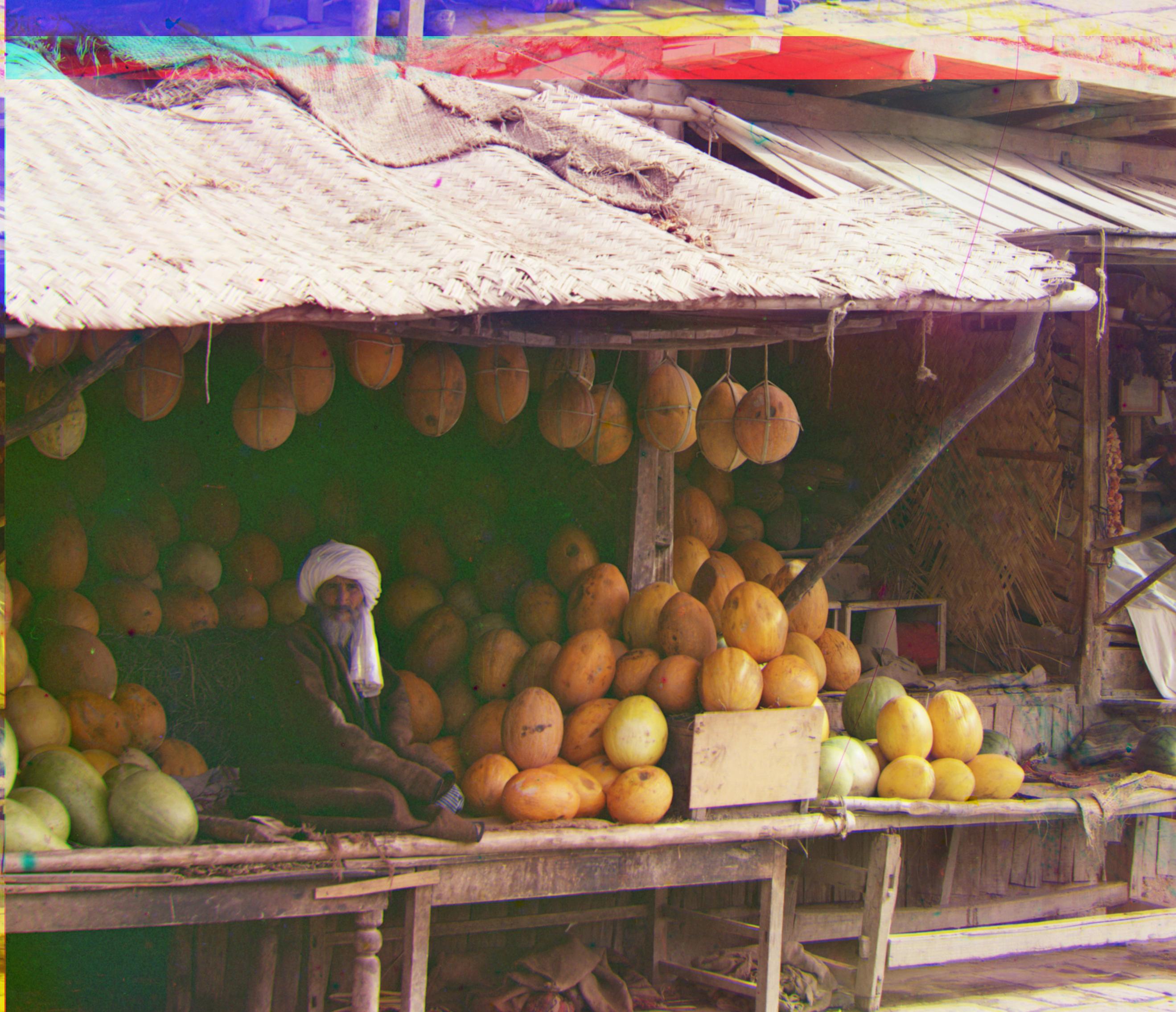
melons.tif: The G plate was shifted by (10, 81), and the R plate was shifted by (13, 178)
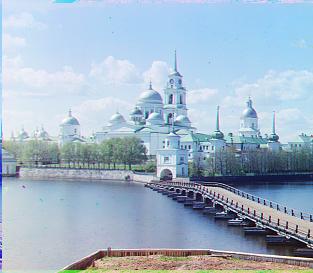
monastery.jpg: The G plate was shifted by (-271, -481), and the R plate was shifted by (-271, -475)
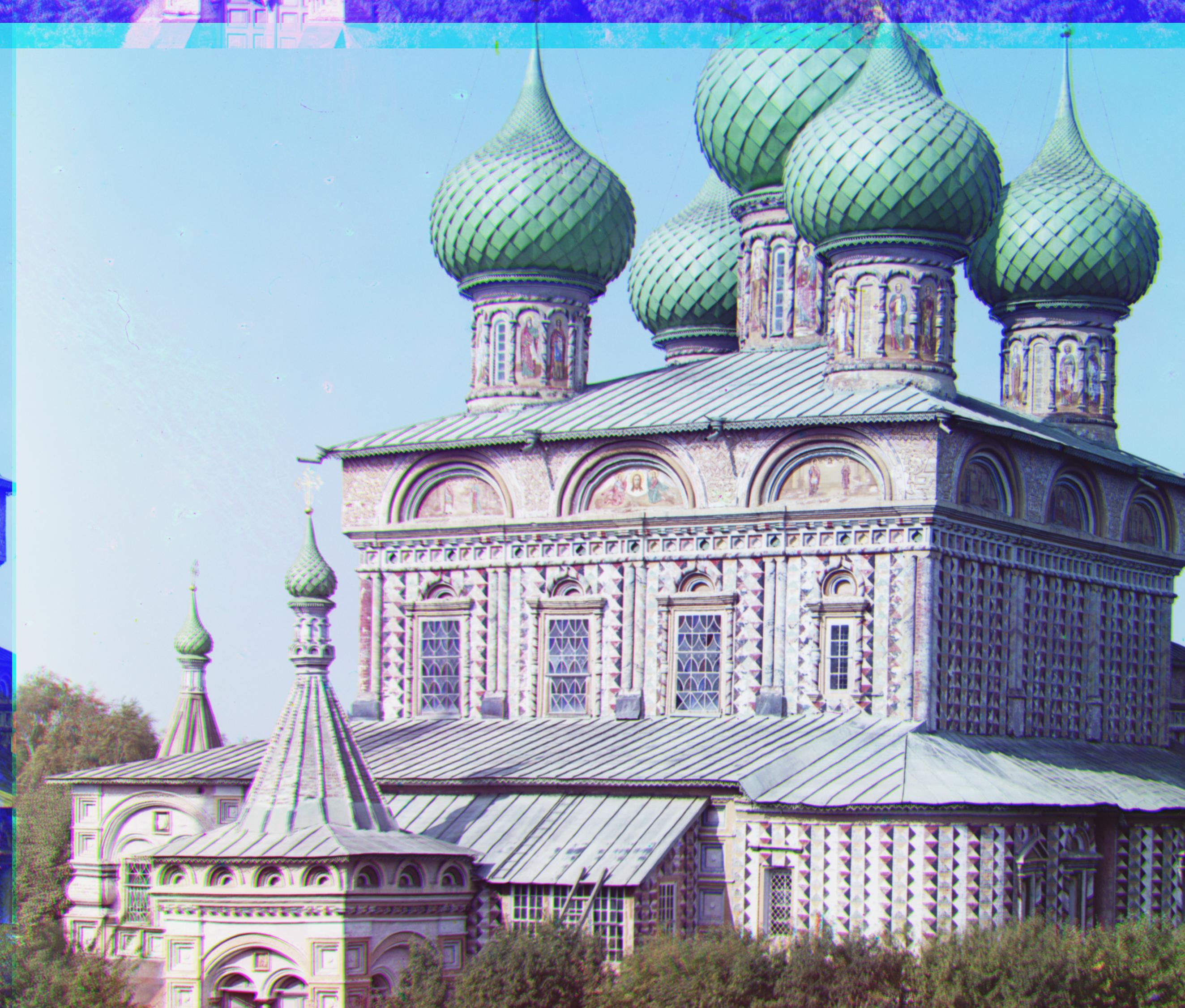
onion_church.tif: The G plate was shifted by (27, 51), and the R plate was shifted by (36, 108)

self_portrait.tif: The G plate was shifted by (29, 78), and the R plate was shifted by (37, 176)

three_generations.tif: The G plate was shifted by (13, 52), and the R plate was shifted by (11, 111)
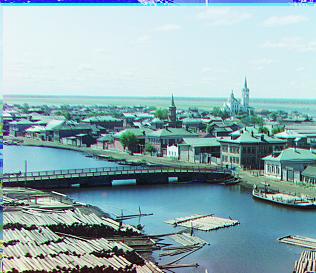
tobolsk.jpg: The G plate was shifted by (-275, -475), and the R plate was shifted by (-275, -472)
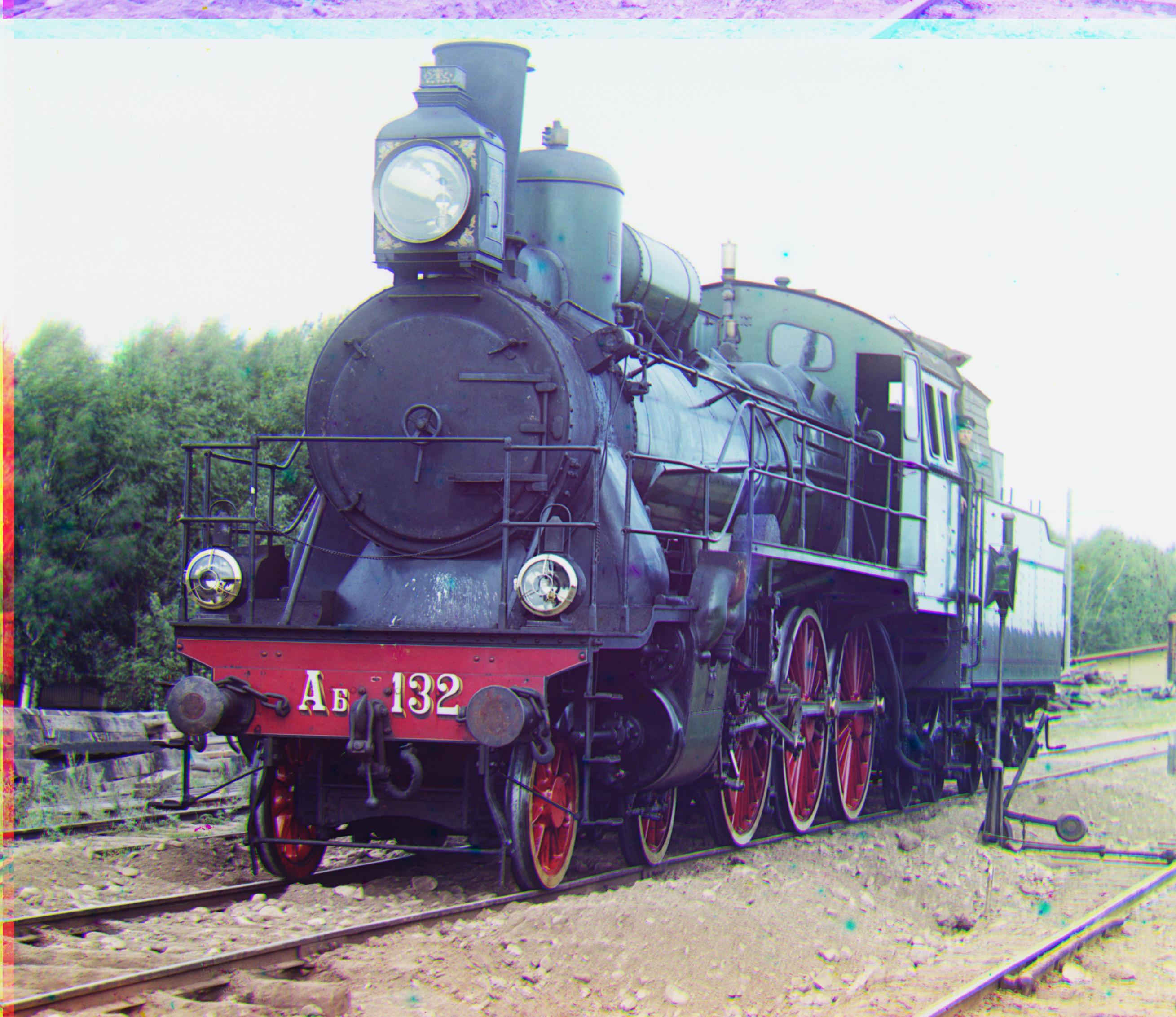
train.tif: The G plate was shifted by (6, 42), and the R plate was shifted by (32, 87)
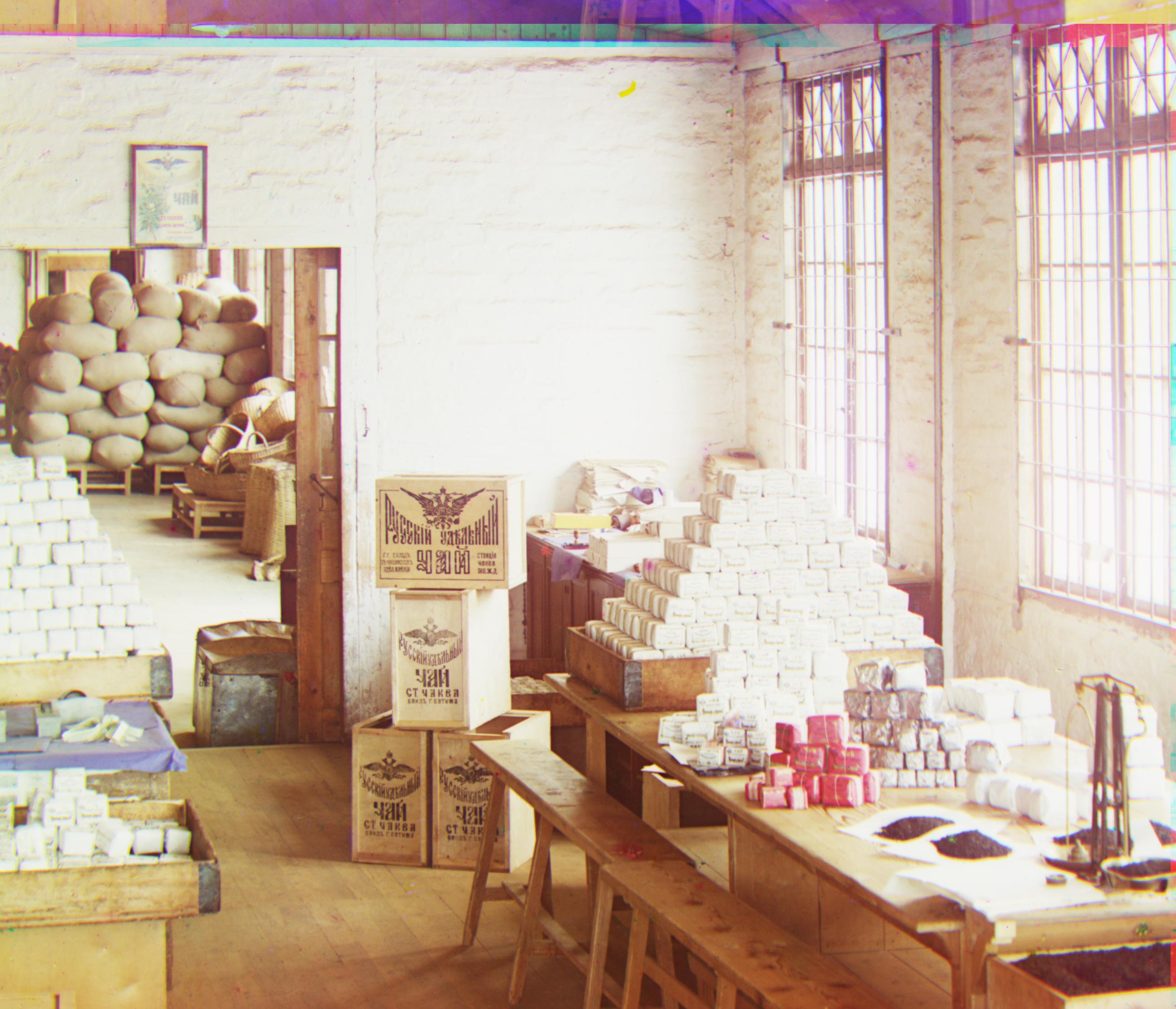
workshop.tif: The G plate was shifted by (0, 53), and the R plate was shifted by (-12, 105)
